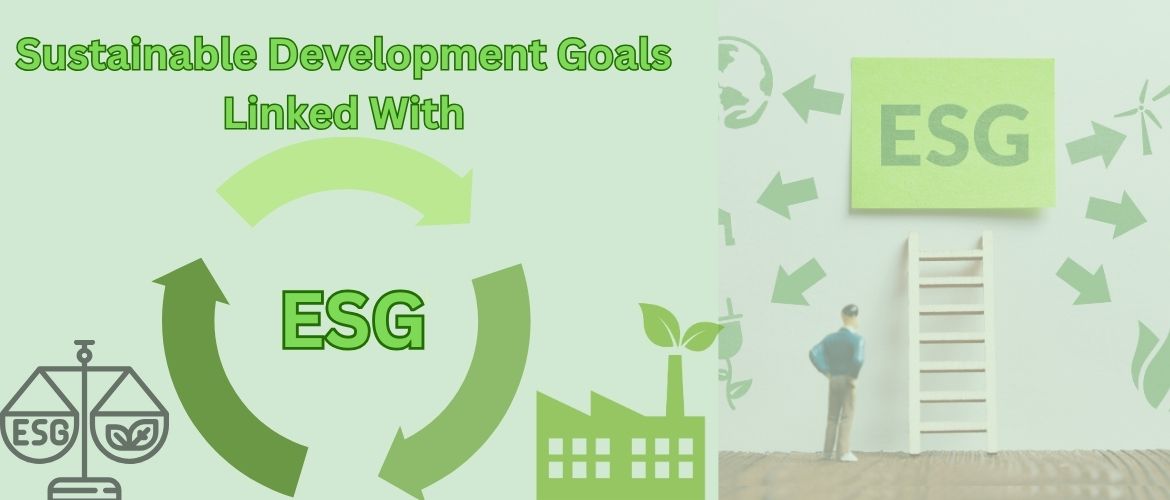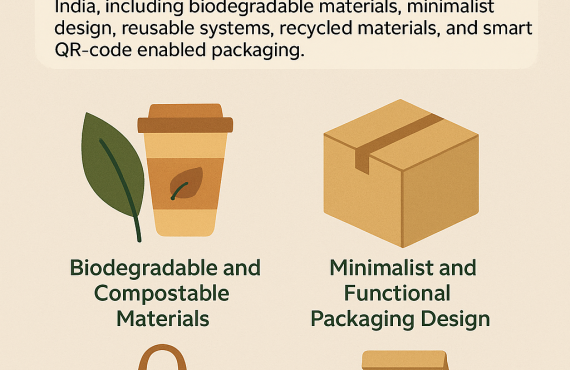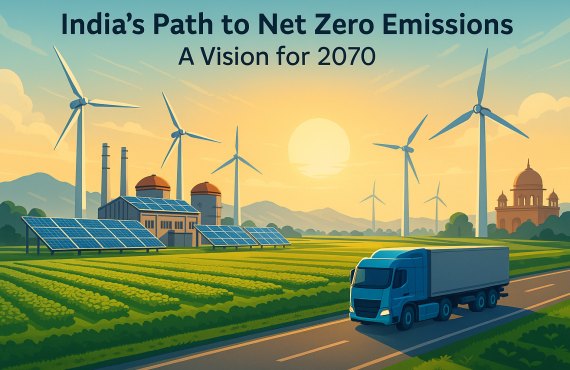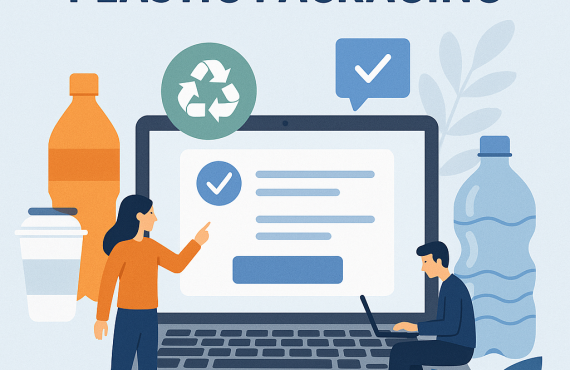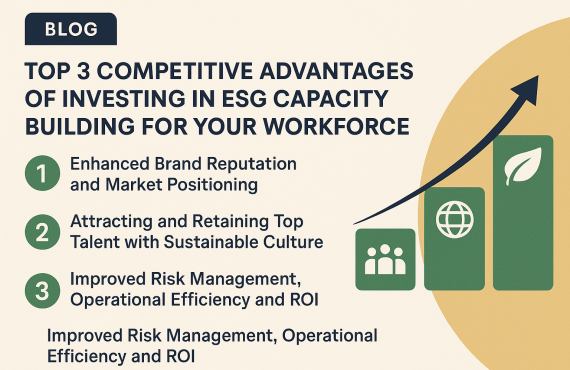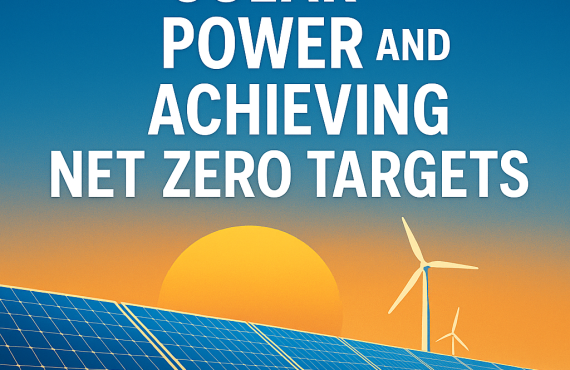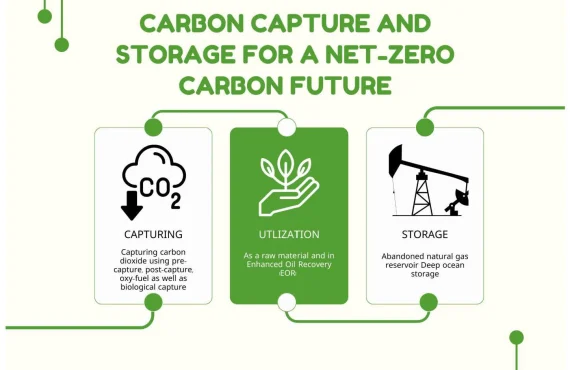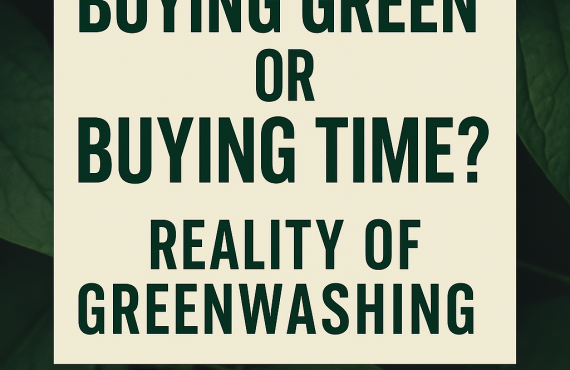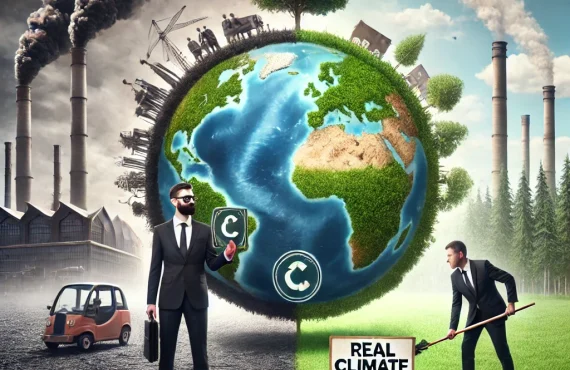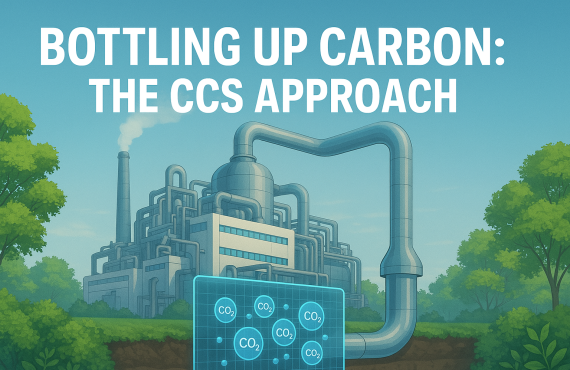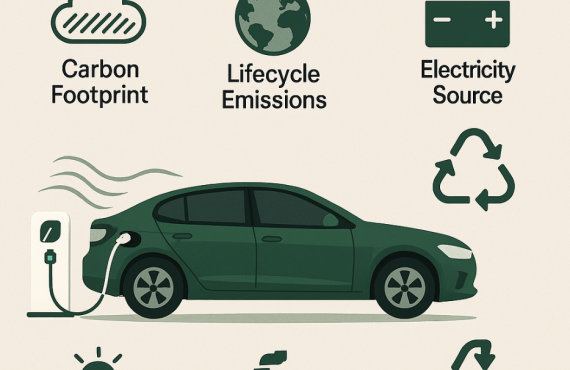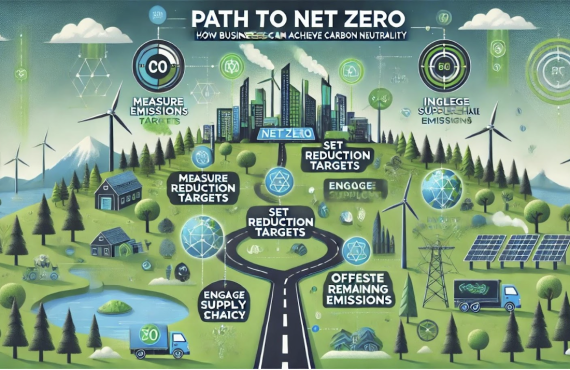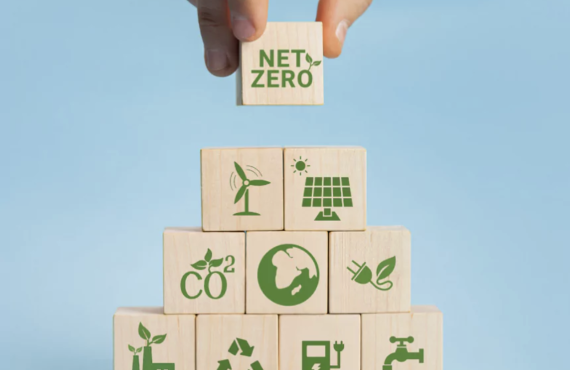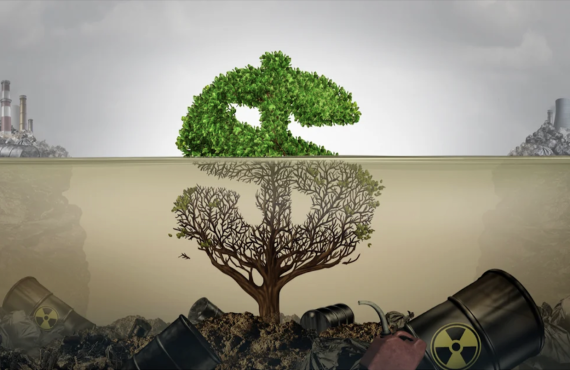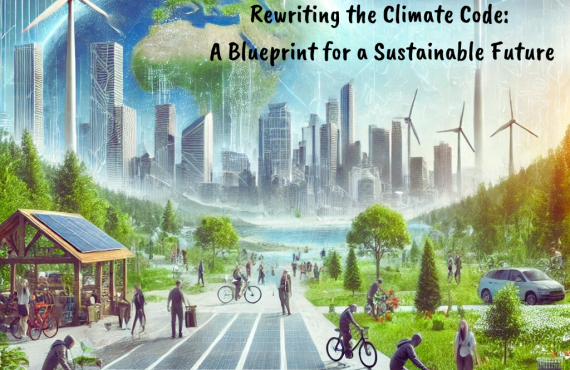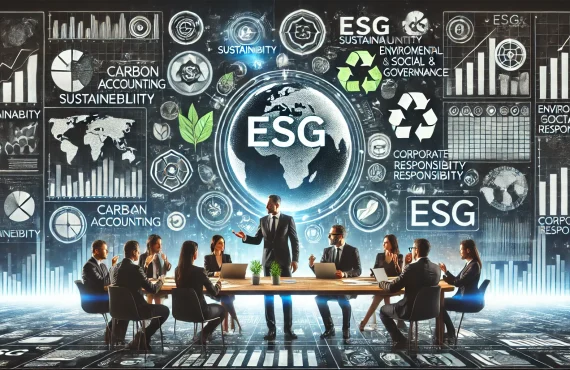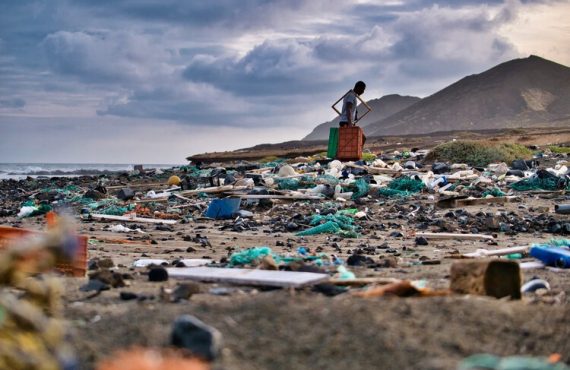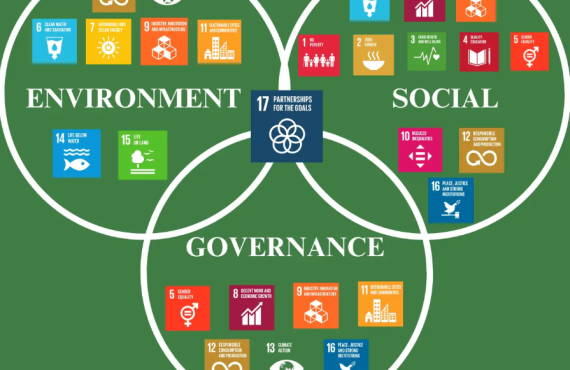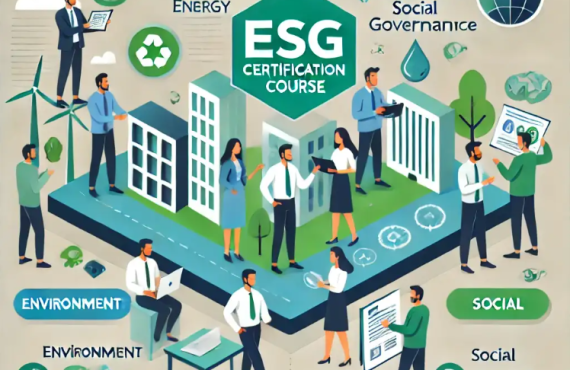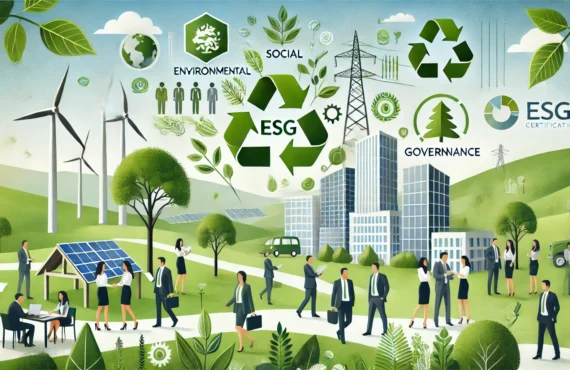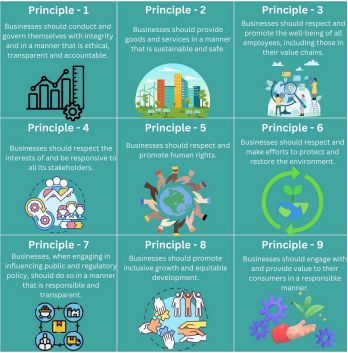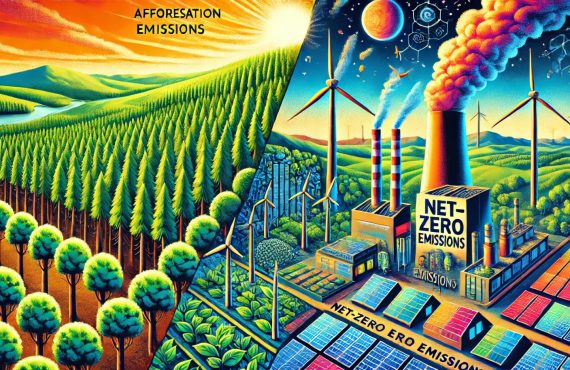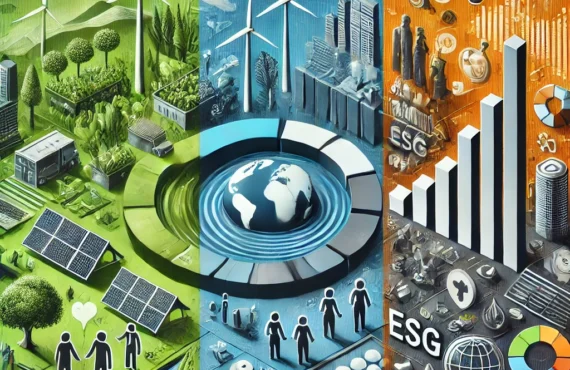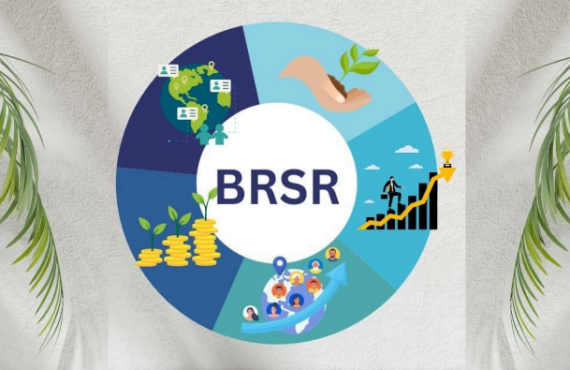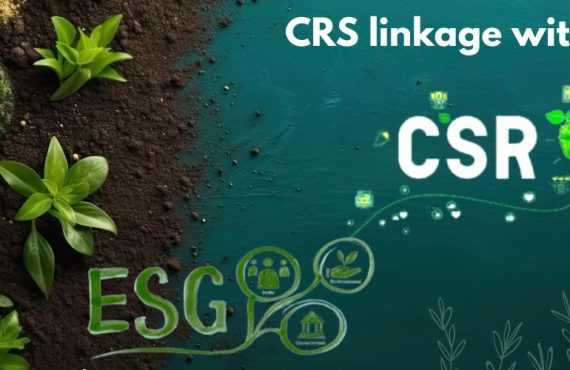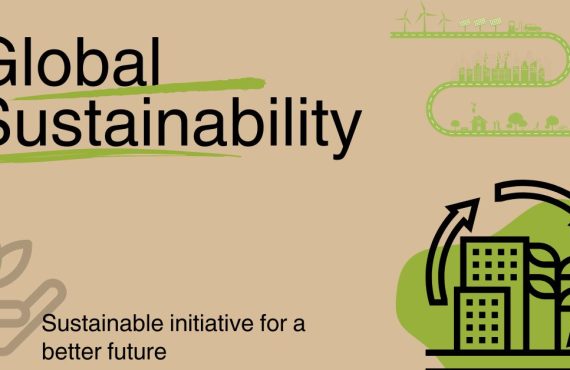Introduction
In the realm of sustainability, two acronyms often come up: SDGs and ESG. What exactly are they, and how do they work together to shape a better future for our planet? The Sustainable Development Goals (SDGs) have emerged as guiding stars in our quest for a world where economic prosperity, environmental stewardship, and social justice coexist. Established in 2015, these 17 goals represent our collective aspirations for a more sustainable and equitable future by 2030. But how do SDGs intertwine with Environmental, Social, and Governance (ESG) criteria? Let’s delve into these powerful frameworks and understand their profound implications.
Unpacking SDGs: A Blueprint for Global Transformation
What Are SDGs?
SDGs, or Sustainable Development Goals, are a set of 17 interconnected objectives established by the United Nations in 2015. They represent a universal call to action to end poverty, protect the planet, and ensure prosperity for all by 2030.
Each goal addresses critical global challenges, from eradicating hunger and promoting health and well-being to combating climate change and fostering sustainable cities and communities. These goals provide a holistic framework that recognizes the interdependence of economic, social, and environmental aspects of sustainable development.
The 17 SDGs
Here’s a brief overview of each of the 17 SDGs:
No Poverty: End poverty in all its forms.
Zero Hunger: Ensure food security and promote sustainable agriculture.
Good Health and Well-Being: Improve health and well-being for all.
Quality Education: Ensure inclusive and equitable education.
Gender Equality: Achieve gender equality and empower women.
Clean Water and Sanitation: Ensure access to clean water and sanitation.
Affordable and Clean Energy: Promote renewable energy and energy efficiency.
Decent Work and Economic Growth: Foster sustainable economic development. Industry, Innovation, and Infrastructure: Build resilient infrastructure.
Reduced Inequality: Reduce inequalities within and among countries.
Sustainable Cities and Communities: Create inclusive, safe, and resilient cities.
Responsible Consumption and Production: Promote sustainable consumption.
Climate Action: Combat climate change and its impacts.
Life Below Water: Conserve and sustainably use marine resources.
Life on Land: Protect terrestrial ecosystems and biodiversity.
Peace, Justice, and Strong Institutions: Promote peaceful societies.
Partnerships for the Goals: Strengthen global partnerships for sustainable development.
Unpacking ESG: The Triad of Sustainable Investing
While SDGs provide a blueprint for global development, Environmental, Social, and Governance (ESG) criteria offer a framework for sustainable investing and corporate decision-making. ESG factors evaluate a company’s performance and impact in three key areas:
Environmental
Assessing a company’s environmental footprint, including its carbon emissions, resource usage, pollution, and commitment to sustainability practices.
Social
Evaluating a company’s impact on society, such as its labour practices, diversity and inclusion initiatives, community engagement, and respect for human rights.
Governance
Scrutinizing the company’s governance structure, transparency, accountability, ethical leadership, and adherence to regulatory standards.
ESG considerations are increasingly influencing investment decisions, as investors recognize the importance of aligning financial returns with positive social and environmental outcomes. Companies excelling in ESG performance not only mitigate risks associated with environmental and social liabilities but also position themselves for long-term growth and resilience in an evolving global landscape.
ESG and SDGs: A Synergistic Approach
ESG integrates environmental, social, and governance factors into business practices. Here’s how ESG aligns with SDGs:
Environmental (E)
ESG practices directly contribute to several SDGs:
Climate Action (SDG 13): Companies reducing carbon emissions align with climate goals.
Life Below Water and Life on Land (SDGs 14 and 15): ESG efforts protect ecosystems and biodiversity.
Investors increasingly evaluate companies based on their environmental performance, emphasizing sustainability and responsible resource management.
Social (S)
Gender Equality (SDG 5): Companies promoting diversity and equal opportunities contribute to this goal.
Good Health and Well-Being (SDG 3): ESG practices that prioritize employee health and safety align with this goal.
Reduced Inequality (SDG 10): Fair wages, social inclusion, and community engagement foster equality.
Governance (G)
Strong Institutions (SDG 16): Transparent governance, ethical leadership, and anti-corruption efforts enhance institutional strength.
Partnerships for the Goals (SDG 17): ESG encourages collaboration between businesses, governments, and civil society.
Government Initiatives in Alignment with UNGPs and SDGs
The National Guidelines on Responsible Business Conduct (NGRBC), formulated by the Government of India, outlines a framework for businesses to operate in a socially responsible and sustainable manner. These guidelines align with both the United Nations Guiding Principles on Business and Human Rights (UNGPs) and the SDGs. Let’s delve into the details:
Key Principles
Human Rights: Respect and uphold human rights, ensuring operations do not infringe upon individual or community rights. Aligns with SDG 16 (Peace, Justice, and Strong Institutions) and SDG 8 (Decent Work and Economic Growth).
Environment: Adopt environmentally friendly practices to minimize ecological footprint. Resonates with SDG 13 (Climate Action) and SDG 15 (Life on Land).
Labour: Treat employees fairly, ensuring safe working conditions, fair wages, and equal opportunities. Corresponds to SDG 8 (Decent Work and Economic Growth) and SDG 10 (Reduced Inequalities).
Anti-Corruption: Combat corruption and promote transparency. Aligns with SDG 16 (Peace, Justice, and Strong Institutions).
Consumer Protection: Prioritize consumer welfare by providing accurate information and safe products. Linked to SDG 12 (Responsible Consumption and Production).
Innovation and Technology: Embrace innovation and technology while considering societal impact. Resonates with various SDGs, including SDG 9 (Industry, Innovation, and Infrastructure).
Marketplace: Engage in fair competition, avoiding anti-competitive practices. Aligns with SDG 17 (Partnerships for the Goals).
Community Development: Contribute to community development, supporting local initiatives and addressing social needs. Corresponds to several SDGs, including SDG 1 (No Poverty) and SDG 11 (Sustainable Cities and Communities).
Business Ethics: Uphold integrity and honesty. Aligns with SDG 16 (Peace, Justice, and Strong Institutions).
By adhering to these principles, businesses can play a pivotal role in achieving sustainable development while maximizing their profits. The NGRBC aims to create an ecosystem fostering responsible and sustainable business practices, benefiting society at large.
Why SDGs Matter for Businesses
Risk Mitigation: ESG practices help businesses manage risks related to environmental and social issues.
Reputation and Stakeholder Trust: Aligning with SDGs enhances a company’s reputation and builds stakeholder trust.
Long-Term Value Creation: Companies integrating SDGs into their strategies create sustainable value over time.
Driving Sustainable Transformation: The Role of Businesses and Investors
Businesses and investors play a pivotal role in advancing the SDGs and integrating ESG principles into their operations and investment strategies. By aligning their objectives with the SDGs and integrating ESG considerations into decision-making processes, companies can:
Enhance Long-Term Value Creation and Competitiveness: Identify and mitigate ESG risks, seize innovation opportunities, and foster stakeholder trust and loyalty.
Contribute to Societal Progress and Environmental Sustainability: Align business strategies with the SDGs, invest in sustainable technologies and practices, promote inclusive growth, and support community development initiatives.
Strengthen Corporate Governance and Accountability: Uphold ethical standards, promote transparency and disclosure, engage with stakeholders, and embed sustainability into corporate culture and governance frameworks.
Conclusion: A Call to Action
In a world grappling with complex challenges ranging from climate change to social inequality, the synergy between SDGs and ESG offers a beacon of hope. It’s not just about ticking boxes or meeting compliance standards; it’s about embracing a mindset shift towards sustainability in every facet of our lives.
Whether you’re a business leader, investor, policymaker, or individual citizen, you have a role to play in advancing the SDGs and integrating ESG principles into decision-making processes. Together, we can harness the power of collaboration, innovation, and collective action to pave the way for a brighter, more sustainable future for generations to come.
Let’s seize the opportunity and embark on this transformative journey towards a world where prosperity is synonymous with sustainability, and every action we take contributes to the greater good of humanity and the planet we call home.
Watch this: What are SDGs (Sustainable Development Goals) and how are they linked with ESG
Read more: SUSTAINABILITY APPROACHES: CREATIVE SOLUTIONS FOR A GREENER FUTURE


